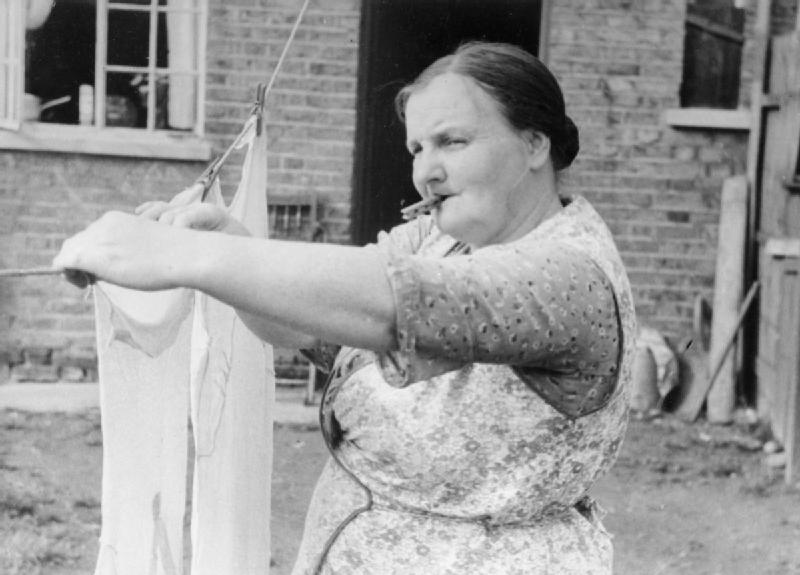Have you ever wanted a simple, sane, reliable wardrobe that lets you be you and just works?
So have I – and then I found someone who has one: Miss Maud Silver, from the novels of Patricia Wentworth.
I carefully scrutinized how she did it, and here are the results: ten precepts to guide you toward a wardrobe that works for you. Precept the First: Do not be limited by fashion.
Precept the First: Do not be limited by fashion.
Choose clothes that you like, that suit you and work for your life, and pay no heed to whether they are in fashion or not.
Furthermore, if such clothes are not readily available, feel free to alter what is available to suit yourself.
Miss Silver, for example, prefers a high neck, and has her dresses adapted accordingly.
Precept the Second: To thine own self be true.
Never use clothing as a way to pretend to be someone or something you’re not.
Do not be embarrassed to be seen repeatedly in the same clothes; nor ashamed to be seen in old clothes, if well cared for.
Miss Silver would certainly agree that “no one can make you feel inferior without your consent,” as Eleanor Roosevelt is said to have said.
 Precept the Third: Choose quality.
Precept the Third: Choose quality.
Don’t shop needlessly, but when you must buy, buy the best you can afford. To buy an inferior garment which won’t last is a false economy.
And naturally, having bought good quality, you will want to take good care of it, with appropriate washing, pressing, mending and so forth.
Precept the Fourth: Have a line of succession.
In due course of wear your once-new “best” will be relegated to “second best” and so forth, down the line of wear, and a new “best” will be acquired.
This policy works in many different areas of the wardrobe, although the time involved may be different for different areas.
Miss Silver buys a new summer and winter dress every year, but new hats are acquired much less often.

Precept the Fifth: Buy flexible clothing.
Look for clothes which work for more than one level of formality. Miss Silver wears last year’s summer silk dress for evening-wear, for example.
There’s no point in buying, say, a special-occasions-only dress which becomes entirely useless once it’s worn enough to no longer be suitable for special occasions.
Precept the Sixth: Coordinate accessories.
Miss Silver has her hats, coat, shoes, stockings, gloves and handbag in black. These coordinate with each other and with all her dresses, and she is thus spared the need to buy and maintain multiple sets of everything.
Of course, you needn’t choose black, nor all matching, but make sure everything works together.
 Precept the Seventh: Be selective in ornamentation.
Precept the Seventh: Be selective in ornamentation.
Choose a few favourite ornaments. You need no others.
(This doesn’t include any family heirlooms you do not wear yourself but are waiting to pass down to younger members of the family.)
Miss Silver has a string of gold filigree beads, a locket with her late parents’ initials, and three brooches (one of which carries her pince-nez). Note: she doesn’t wear them all at once.
Precept the Eighth: Make use of trimmings.
A plain hat, for example, can be varied from year to year by altering the trimmings (which can themselves be recycled).
Trimmings can also be removed from worn-out garments and attached to the new, as Miss Silver does with the trim on her dressing-gown.
One can also choose to trim the clothing no one sees. (Miss Silver has three rows of crocheted lace trimming on her knicker legs.)
 Precept the Ninth: Make it yourself.
Precept the Ninth: Make it yourself.
Miss Silver not only crocheted the aforementioned trimming, she designed it herself.
She also knits an endless series of garments (although generally they are for friends and family, rather than herself).
Making things yourself allows for endless customization. Quite literally, suit yourself.
Precept the Tenth: Always have a handkerchief.
Clean, plain, and of a sensible size. You never know when they will come in handy – nor for what.






